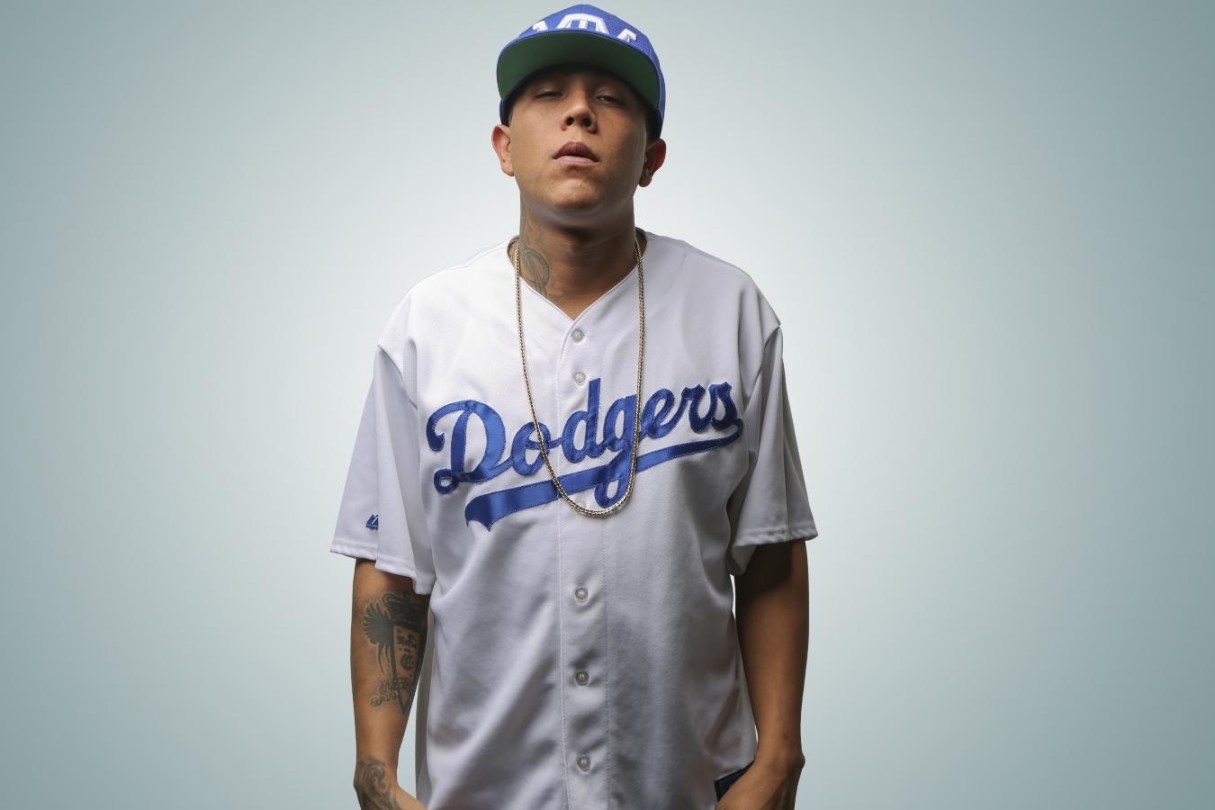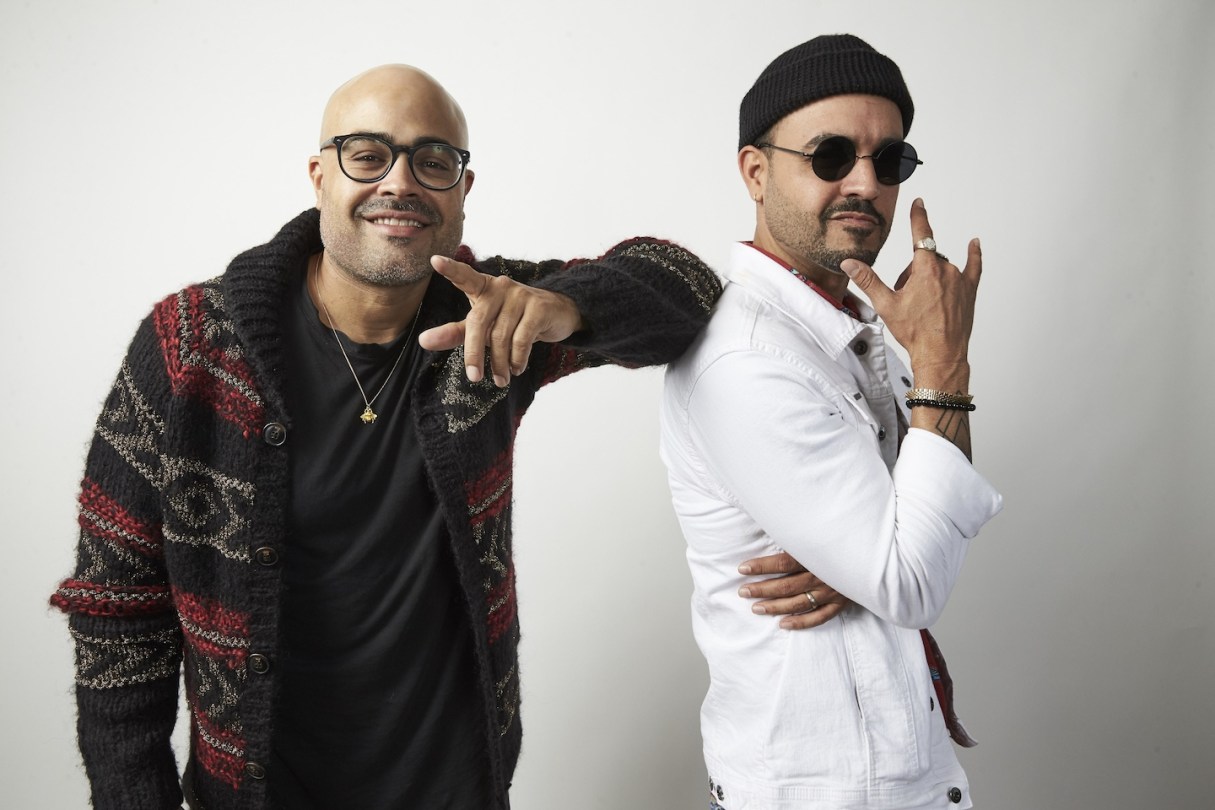The Grammy Awards may have first awarded its Best Latin Urban Album in 2008, but Latino urban music had been in the making long before then. Now, the genres that make up Latin urban are bursting it at the seams.
Since the 1980s, during the heightened popularity of rap and hip-hop, artists in U.S. Spanish-speaking communities and across the border have blended rap and hip-hop with traditional Latino sounds. The results have created a rich variety of genres within the very narrow category.
Today, hip-hop, rap, reggaeton, and R&B fall under the Latin urban umbrella. However, as tends to often happen in music, the list is ever-changing. Some artists who are pushing the limits in their respective genres will give audiences a glimpse of the diversity within Latin urban at this year’s SXSW Music Festival.
Reggaeton, a fusion of Latin rap and dancehall, has topped the Latin urban category for more than a decade. Last year, reggaeton artists dominated the Billboard Latin charts and won fans across the globe with songs like Luis Fonsi’s “Despacito” featuring Daddy Yankee and Justin Bieber, as well as J. Balvin’s “Mi Gente” featuring Beyoncé.
Groups like the the Colombian global bass crew El Freaky could become the Latin urban genre’s new breakout. With its unique way of blending traditional rhythms and reggaeton’s essential flow, El Freaky creates a fresh new sound that has helped popularize the Mode-Up dancehall scene across their native country and has spread to other parts of the Caribbean. The sound has the makings of a potential worldwide sensation.
Though not as commercially successful as reggaeton, hip-hop continues to be relevant, and some in the Latin music industry predict that the style will have a stronger commercial presence in the coming year.




